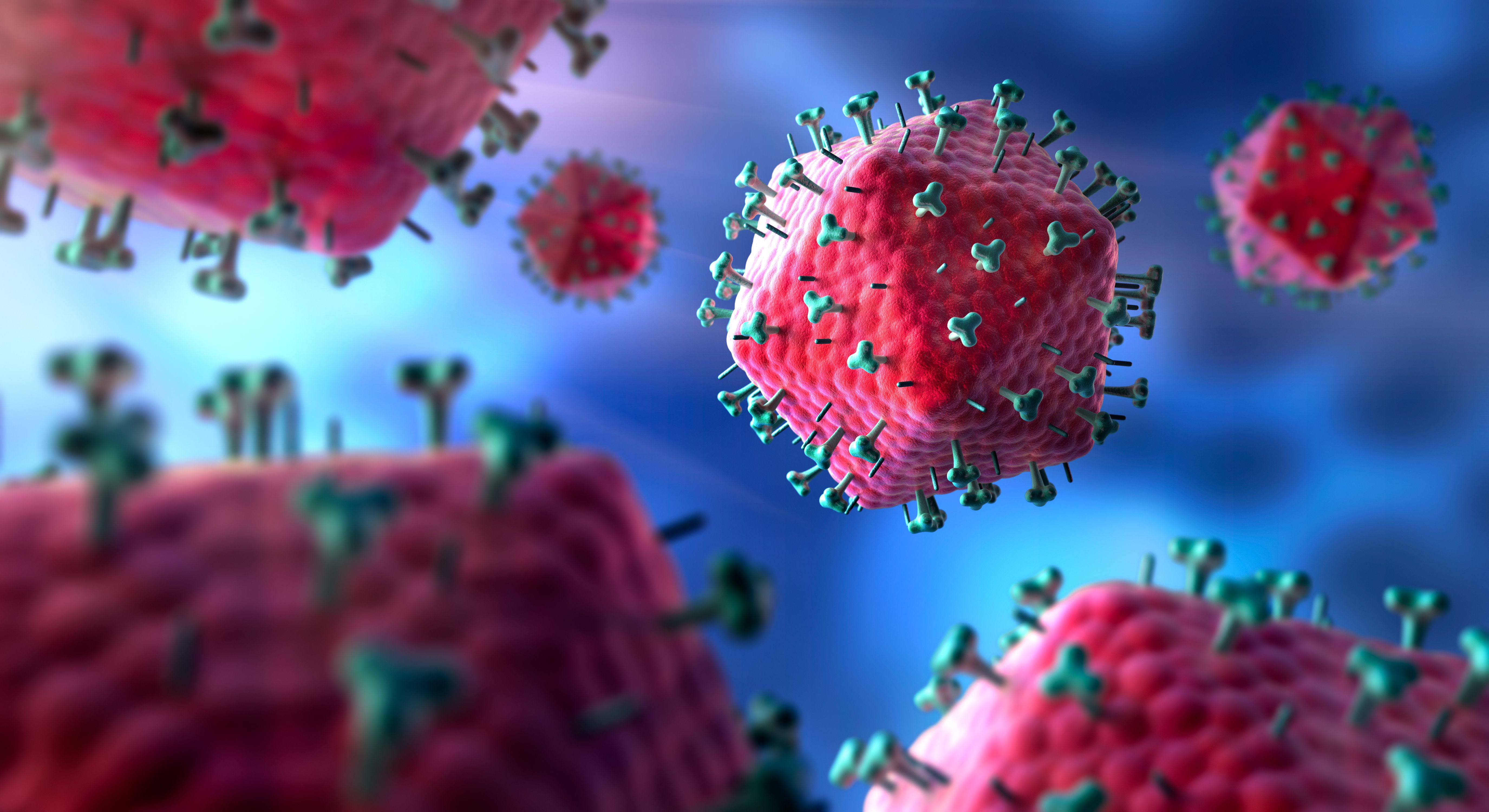Novel Region in Human Genome in Those With African Ancestry Limits HIV Replication
After identifying the CHD1L gene, investigators explored the biological mechanism for the genetic association in those of African descent, determining the gene limits HIV replication in a subset of white blood cells.
A human genetic variation, associated with control of HIV, has been identified in a novel region in the genome that is only present in individuals with African ancestry, according to the results of a study published in Nature.1,2
peterschreiber.media - stock.adobe.com

“We searched for human genetic variation that associates with spontaneous control of HIV and identified a novel region in the genome that is only variable in populations of African ancestries,” Jacques Fellay at Ecole Polytechnique Fédérale de Lausanna’s School of Life Sciences, said in a statement. “We used a combination of computational and experimental approaches to explore the biological mechanism behind the genetic association and provide evidence that the gene CHD1L acts to limit HIV replication in a subset of white blood cells.”1
According to the CDC, in 2021, 36,136 individuals received an HIV diagnosis in the United States, making the annual number of new diagnoses decrease at 7% from 2017 to 2021.3 Additionally, there were approximately 1.2 million individuals in the United States with HIV at the end of 2021, but only approximately 87% knew they had HIV.3
Investigators of the Genome-Wide Association Studies (GWAS) aimed to analyze the genome of a large number of individuals to identify various genes associated with clinical outcome, including the ability to control viral replications, which is significant for developing therapeutic drugs for HIV.1
The degree of the infection is measured by setpoint viral load, the stable level of HIV replication after the first phrase of infection in those untreated. There have been large studies conducted on setpoint viral load for those of European descent, but there have not been many in those of African descent, which investigators noted are still underrepresented in the human genome.1
To address the disparity, the investigators used the GWAS and data from a diverse population of African descent. There were 3879 individuals included in the study with HIV. The investigators used a computational analysis and fine-mapping techniques, according to the statement.1
The results showed a new novel region in the genome that had a strong association with setpoint viral load control. The region has been linked to CHD1L, encoding a protein that helps DNA unwind after it is damaged and allowing for repair. In this study, CHD1L showed genetic variation that was specific to those with African ancestry.1
Investigators stated that this was linked with the spontaneous control of HIV-1, the most common viral type of HIV.1 After identifying this gene, investigators explored the biological mechanism for the genetic association, which indicated that the gene limits HIV replication in a subset of white blood cells, according to the statement.1
“Our findings provide insights into potential therapeutic targets, which are needed to continue the fight against HIV-1,” Fellay said in the statement. “In addition, our results underscore the importance of performing genomic studies in diverse ancestral populations to better address their specific medical needs and global health inequities.”1
References
- Learning how to control HIV from African genomes. News release. EurekAlert. August 2, 2023. Accessed August 3, 2023. https://www.eurekalert.org/news-releases/997005
- McLaren PJ, Porreca I, Iaconis G, Mok HP, et al. Africa-specific human genetic variation near CHD1L associates with HIV-1 load. Nature. 2023;10.1038/s41586-023-06370-4. doi:https://doi.org/10.1038/s41586-023-06370-4
- Centers for Disease Control and Prevention. New HIV Diagnoses and People with Diagnosed HIV in the US and Dependent Areas by Area of Residence, 2021. Updated May 22, 2023. Accessed August 3, 2023. https://www.cdc.gov/hiv/basics/statistics.html
